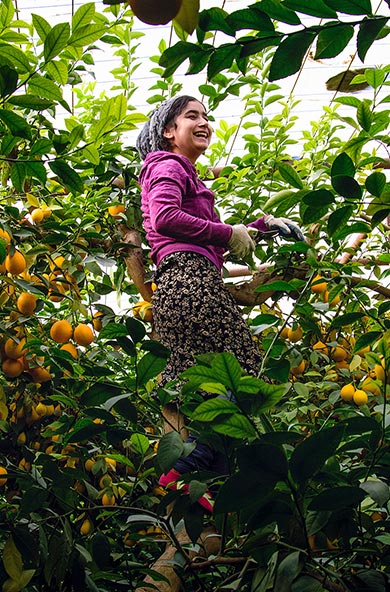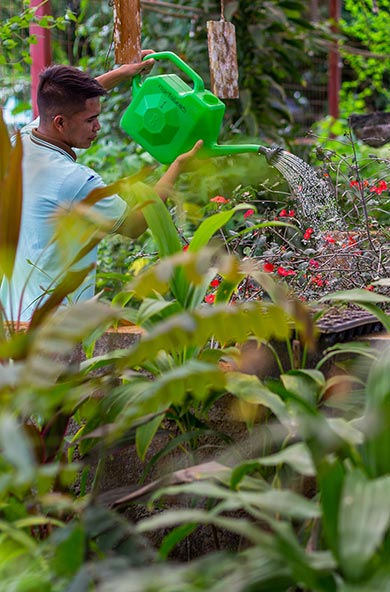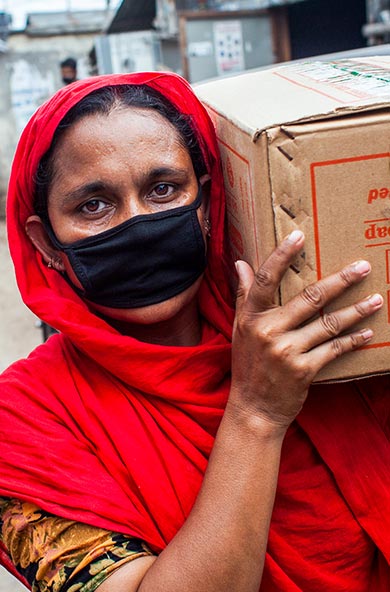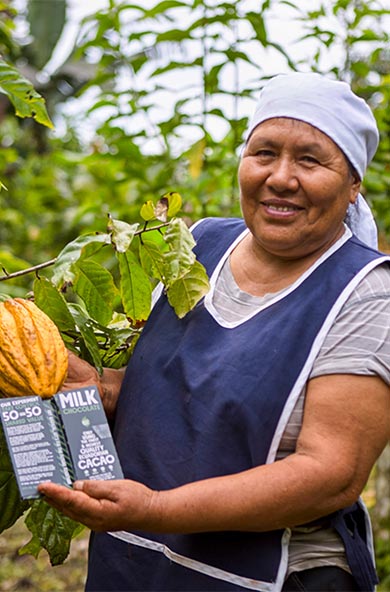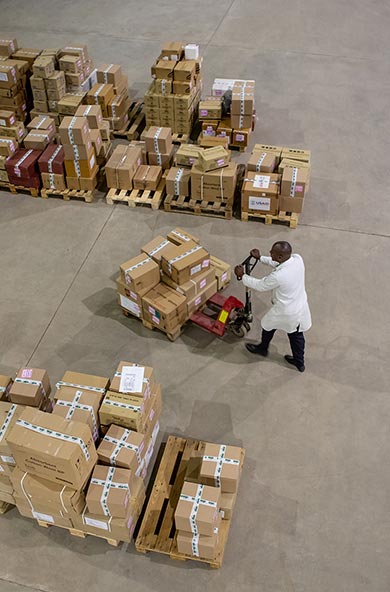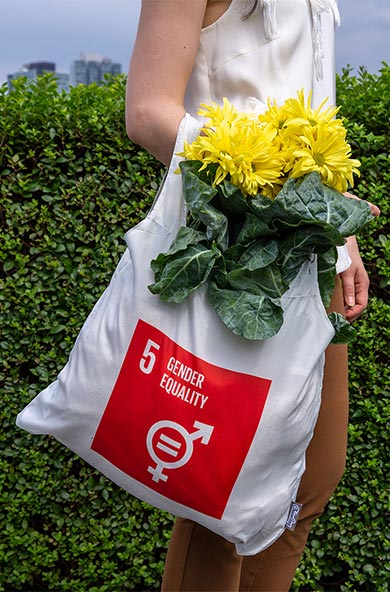From crop tops to mum jeans and bombers, fashion trends are making their way into wardrobes around the world faster than ever, thanks to social media, its thousands of influencers, and the enormous business opportunity it represents for brands.
As for consumers, being trendy has never been easier! Low-cost online retailers allow fashionistas to renew their wardrobes quickly, and for about the cost of a Starbucks latte.
But this comes at a significant environmental cost. While sustainable and ethical fashion is gaining ground, the fashion industry is still one of the most harmful.
Here’s why:
1. Up to 100 billion new garments are made every year
Long gone is the time when fashion followed the cycle of natural seasons: Spring/Summer, Fall/Winter. The majority of clothes bought today are what’s referred to as fast fashion—where low-quality garments are mass-produced by workers who’re paid incredibly low wages so that retailers can sell them at unbeatable prices. The turnover can be up to 50 collections a year. Yes, that’s almost a new collection every week.
Overall, it is estimated that the amount of garments produced annually has doubled since the early 2000s reaching up to 100 billion pieces per year in 2014. That’s nearly 14 items of clothing for every person on earth.
2. Cotton is the most water-intensive crop
When it comes to the raw materials used by the textile industry, the two main categories are natural and synthetic. Most clothes are made from cotton. But while it’s understandable that shoppers might think it’s eco-friendly, it definitely isn’t.
Cotton production relies heavily on pesticides. While only 2.4 percent of the world’s arable land is planted with cotton, 24 percent of the world’s insecticides and 11 percent of pesticides are used to grow it.
Cotton is also the most water-intensive crop. Between 7,000 to 29,000 litres of water are required to produce one kilogram of cotton. This comes at a heavy price for the environment, and the communities living near cotton production facilities.
3. Billions of microplastics end up in the ocean
Polyester, acrylic, nylon and other synthetic fibres: Consumers love them in workout clothes, swimsuits and even basics such as tee shirts. These fabrics are made from petroleum and are believed to make up 60 percent of the clothing we wear.
Why is that a problem? According to the International Union for Conservation of Nature, 35 percent of microplastics that enter the ocean come from synthetic fibres. Every time we wash clothing made of these fibres, they shred. Up to 728,000 fibres can come off at once, spilling into waterways and contributing to the pollution of our ocean and environment.
Overall, microplastics from fashion could be even more damaging than plastics from the food or packaging industry.
4. Fashion has a huge carbon footprint
For economic reasons, most of the fashion supply chain from crop cultivation and production of synthetic fibres, to sewing, dyeing, and selling of the clothes, takes place in different parts of the world. Garments, especially those sold by fast fashion retailers, travel thousands of kilometres by plane or boat to reach their destination.
This, combined with the vast amount of energy used in both the supply chain and the consumer phase, makes for a heavy carbon footprint. A 2018 study by Quantis showed that the apparel and footwear industry together account for more than eight percent of global climate impacts. That would translate into more greenhouse gas emissions than all international flights and maritime shipping trips combined, according to the Ellen MacArthur Foundation.
5. The industry creates massive waste
We produce billions of new garments every year. But where do they all go? A lot end up in landfills. The Ellen MacArthur Foundation estimates a garbage truck of textiles is wasted every second.
Fast fashion encourages customers to keep buying the latest trends. The quantity of unworn clothing in the average fashionista’s closet just keeps increasing.
A family in the western world throws away an average of 30 kilograms of clothing each year. Seventy-three percent of that will be burned or buried in a landfill. What does get collected for recycling—around 12 percent—will likely end up being shredded and used to stuff mattresses, or made into insulation or cleaning cloths. Less than one percent of what is collected will be used to make new clothing; a missed opportunity both economically and for the planet.
6. There is widespread human rights abuse
In recent years, unsafe working conditions in clothing factories around the globe have provoked widespread outrage. Garment workers often have to endure heavy labour abuses. From sexual and verbal harassment, low wages and lack of union protection, these workers often do their jobs in a state of fear and uncertainty.
Guaranteeing a safe work environment and giving garment workers a voice has to be a priority for the industry.
What can we do?
As consumers, we have a huge role to play in fighting the negative effects of fashion by changing the way we shop.
But while sustainable fashion, second-hand clothing, and other alternatives are becoming increasingly available, the burden shouldn’t just lie with consumers. Businesses must take responsibility for their actions and governments need to provide regulations that hold the industry accountable for the harm it is causing.
Tackling those global and complex issues requires more than a shift in an individual’s shopping habits, it requires a system change.
Read more about the Green Seeds Project.

 Locations
Locations